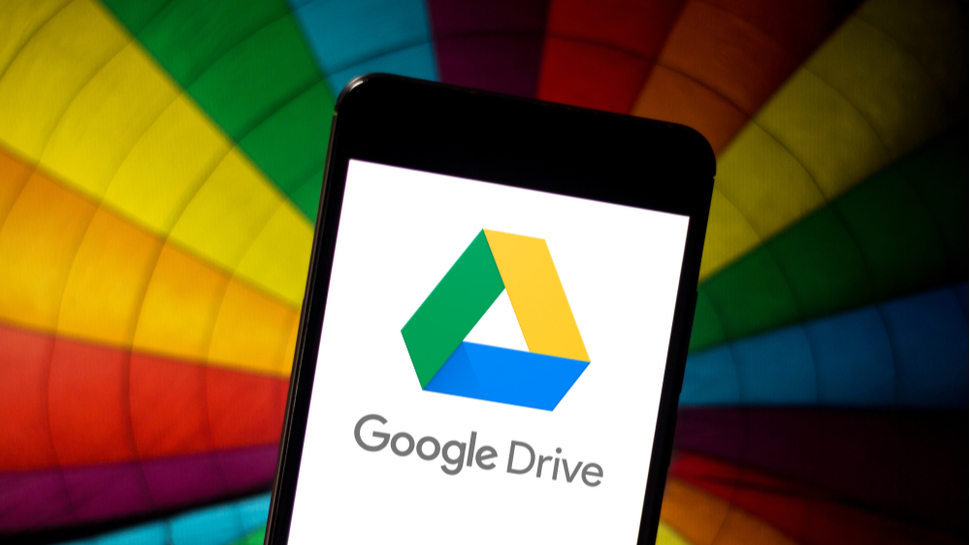Google Cloud storage vs Google Drive: What's the difference?
Two very different cloud storage offerings explained: Google Cloud and Google Drive.

As one of the largest technology firms in the world, Google has a wide range of cloud offerings. Aside from Gmail, Google Drive may be the best-known - certainly in the consumer market. Google Drive has achieved mass popularity by offerings intuitive cloud storage that comes with a generous 15GB free of charge. But while Google Drive may be ubiquitous, it’s not the only cloud offering provided by Google.
Google Cloud is another storage solution created by the California-based company. Mainly targeted at developers, Google Cloud storage is not designed to be as user-friendly as Google Drive. It is better to think of it in similar terms to Amazon S3, an object storage service offered by AWS. Google Drive, on the other hand, is predominantly consumer-focused, competing against the likes of Microsoft OneDrive, iDrive, and many others. In fact, there are so many options on the market, we compiled a guide to help you decide on the best cloud storage for your needs. But before you take a look at that, let’s clear up the differences between Google Drive and Google Cloud.
- Check out our list of the best lifetime cloud storage deals.
Google Drive vs Google Cloud: Pricing
First of all, it’s important to point out that the pricing for Google Cloud is not as straightforward as Google Drive. Google Cloud storage is highly customizable, which means that it’s difficult to provide a clear pricing structure. For example, prices for Google Cloud services depend on the region of the country data is served from, and also whether it is in a single region, a dual region, or in multiple regions. There is also pricing available on different continents as well.
The good news is Google Cloud is completely up-front about its prices so you won’t receive an unexpected bill for its cloud services. There’s also the opportunity to access $300 of credit, which can be used over 90 days so you can try out the service. You could also take a custom route to find the price that best suits your needs.
Much simpler, Google Drive pricing comes in easy-to-understand tiers depending on your storage needs. At the bottom end, Google Drive offers users 15GB of storage for free. Bear in mind that this is spread across all of your Google apps, including Gmail and Google Photos. If you need more storage, Google Drive’s paid tiers are accessed via its Google One package, where prices start at $1.99 / £1.59 / AU$2.48 a month for 100GB of space. There are also the Standard and Premium plans, which offer more storage and are priced accordingly.
It’s worth remembering that Google Drive goes a bit further than most cloud storage solutions. It integrates closely with Google’s suite of productivity tools, like Docs, Sheets, and Pages. For anyone that needs access to these tools - whether that's from home or the office, Google Drive provides a quick and intuitive way to store and access your documents from the cloud.
Google Drive vs Google Cloud: Features
Google Cloud storage is a managed service for storing unstructured data. It allows users to store any amount of data and retrieve it as often as they like. Google Cloud comes with a Storage Transfer Service to provide individuals with the scalability and speed they need. There’s also a Transfer Appliance for offline data transfers, which includes a shippable storage server that sits in your data center before being transported to an ingest location where the data is uploaded.
Sign up to the TechRadar Pro newsletter to get all the top news, opinion, features and guidance your business needs to succeed!
There’s also much to admire in terms of Google Cloud’s security credentials. It provides a high level of security for all of your stored data, with Google applying the same tools it uses to protect its own data. This means the use of progressive layers for a scaled defense, and includes encryption of data at rest and in transit.
In terms of features, Google Drive is a little less complicated. It comes with all the usual functionality that you expect from a leading cloud storage platform. It’s also possible to change permissions easily so you can share your documents and collaborate more easily. File versioning, advanced search and offline access are all nice touches too.
Google Drive vs Google Cloud: Support
Support is an area that could be improved for Google Cloud users. There’s no number listed directly to get through to support personnel. Instead, individuals have to head over to the support section online, select a project, and then choose from a range of support options, including chatbot, phone and community. There are higher levels of support available (for a price), however, so if you really need to avoid downtime at all costs, this might be worth your while.
For Google Drive, free support is offered through online self-service and community forums, while business plans again offer enhanced support for a fee. The reduced complexity of Google Drive, however, means that, hopefully, you’ll be less likely to need direct support.
The main differences between Google Drive and Google Cloud
Essentially, Google Drive and Google Cloud are serving different markets. Although both are forms of cloud storage, Google Cloud is an object storage platform for managing and manipulating data storage as distinct units, otherwise known as objects. Google Drive organises its storage as files. It’s much closer to your on-device storage in terms of its UI.
Barclay has been writing about technology for a decade, starting out as a freelancer with ITProPortal covering everything from London’s start-up scene to comparisons of the best cloud storage services. After that, he spent some time as the managing editor of an online outlet focusing on cloud computing, furthering his interest in virtualization, Big Data, and the Internet of Things.
